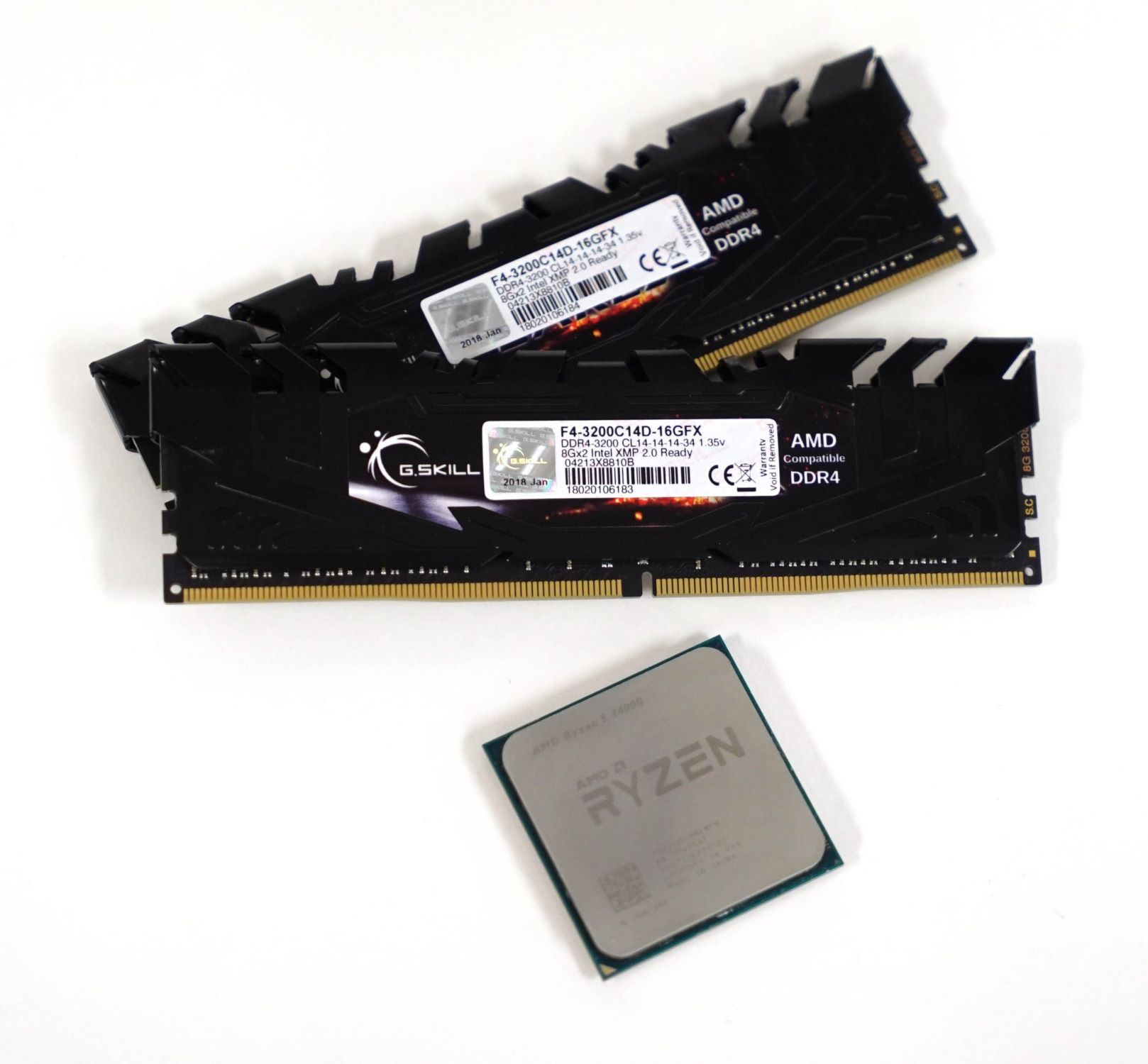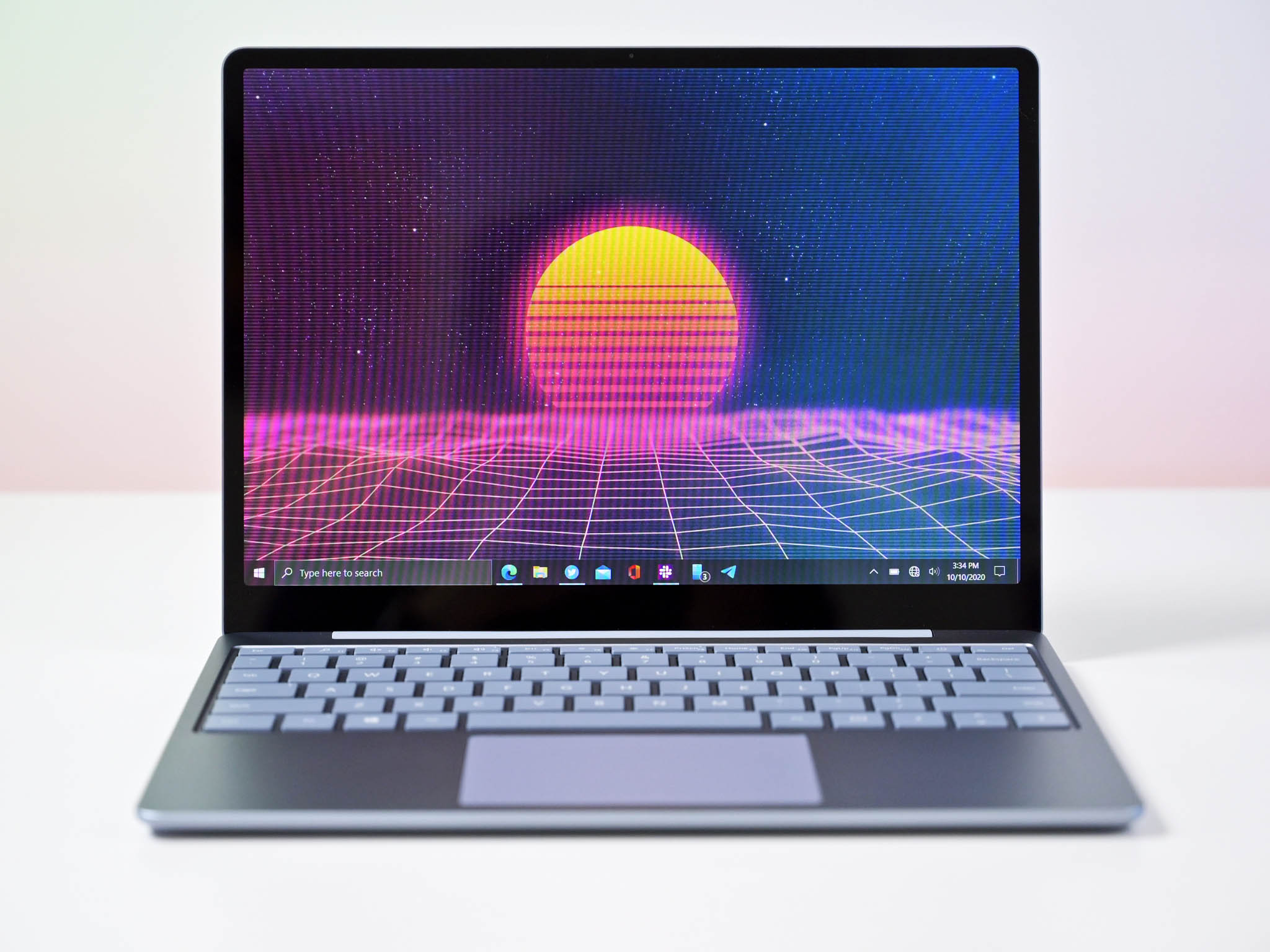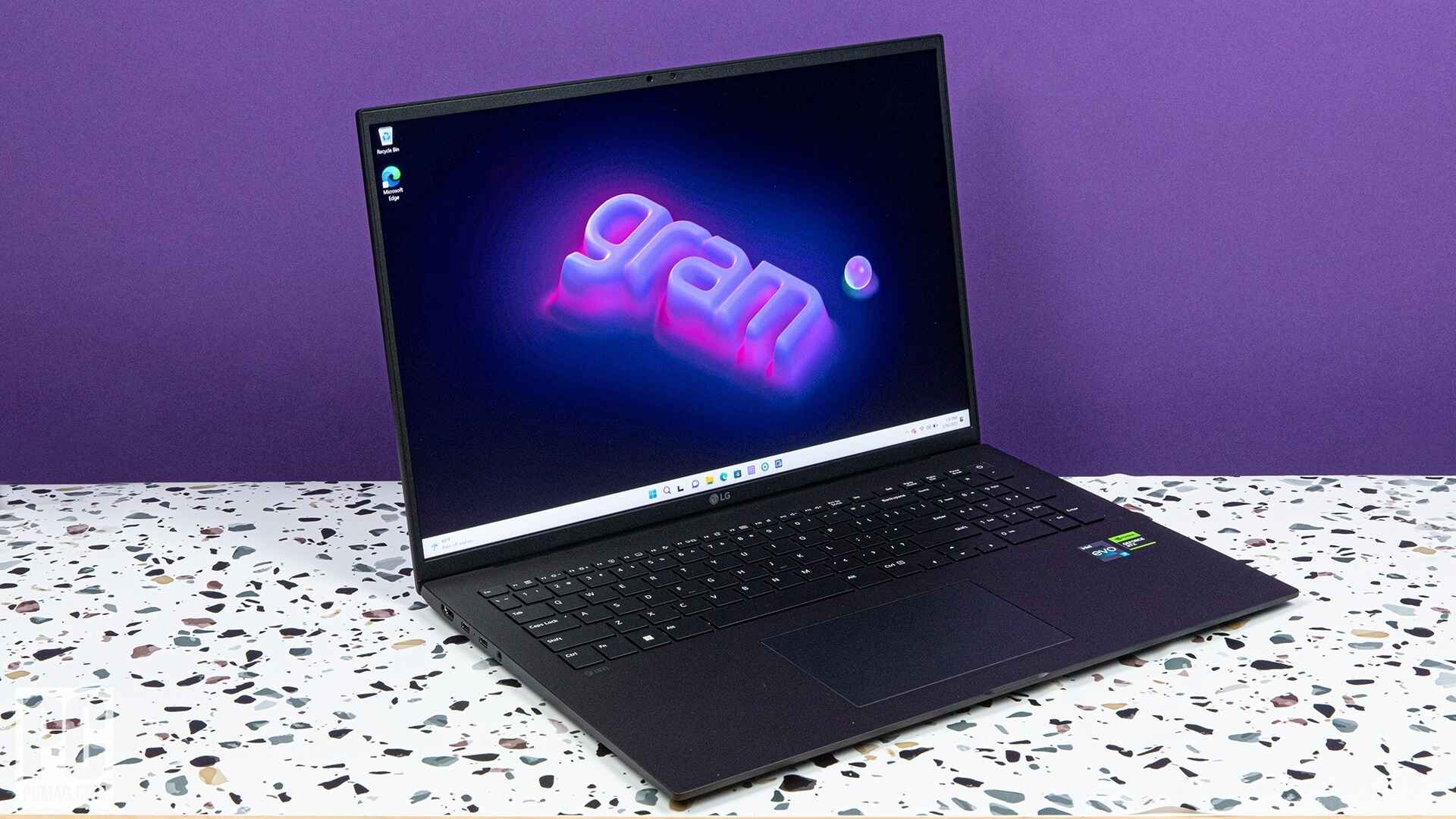Introduction
Welcome to the world of technology, where our laptops have become an integral part of our lives. Despite their reliability, there are instances when we encounter issues that require a simple restart to resolve. It’s a troubleshooting step that can help fix software glitches, improve performance, or address unresponsive programs. In this article, we will explore various methods to restart your laptop using the keyboard in the Windows 11 operating system.
A keyboard shortcut is a quick and convenient way to restart your laptop without the need to navigate through menus or click on multiple options. By mastering this keyboard shortcut, you can easily reboot your laptop and get it back up and running in no time.
Another method to restart your laptop is by using the Command Prompt, a powerful tool that allows you to execute commands and perform various tasks. This method provides a more technical approach for those who prefer a command-line interface.
If you find yourself unable to restart your laptop using the keyboard shortcut or the Command Prompt, don’t worry! We will also cover alternative methods, such as using the Task Manager and Windows Security, as well as the traditional approach of using the Start Menu.
Whether you’re a tech-savvy individual or a novice user, this article will guide you through the step-by-step process of restarting your laptop using different methods available in Windows 11. So let’s dive in and explore these techniques to ensure a smooth and trouble-free experience with your laptop.
Method 1: Using Keyboard Shortcut
One of the quickest and easiest ways to restart your laptop in Windows 11 is by using a keyboard shortcut. This method eliminates the need to navigate through menus or use your mouse, making it a convenient option for those who prefer efficient shortcuts.
To initiate the keyboard shortcut for a restart, follow these simple steps:
- Press and hold the Ctrl key on your keyboard.
- While holding down the Ctrl key, press the Alt key.
- Finally, press the Delete key.
Once you have pressed the respective keys in sequence, a screen will appear with several options including Lock, Switch User, Sign Out, Task Manager, and Restart. To restart your laptop, simply use the arrow keys to navigate to the Restart option and press the Enter key.
Your laptop will then begin the restart process, closing all applications and rebooting the system. It is important to save any unsaved work before proceeding with the restart to avoid losing any data.
The keyboard shortcut method is a handy way to quickly restart your laptop, especially when you encounter minor issues or want to refresh the system. It can also be useful in situations where your mouse or touchpad is not responding.
Now that you know how to restart your laptop using the keyboard shortcut in Windows 11, you can easily perform this action whenever the need arises. However, if you encounter any difficulties or prefer a different method, we have more alternatives to explore. Let’s move on to Method 2: Using Command Prompt.
Method 2: Using Command Prompt
If you prefer a more technical approach, using the Command Prompt to restart your laptop in Windows 11 is an option worth exploring. The Command Prompt allows you to execute various commands and perform system tasks, including restarting your laptop.
Here’s how you can restart your laptop using the Command Prompt:
- Open the Command Prompt by searching for “Command Prompt” in the Windows 11 Start menu and selecting it from the search results.
- Once the Command Prompt window opens, type the command
shutdown /rand press Enter.
After executing the command, your laptop will begin the restart process. All running applications will be closed, and the system will reboot. It’s important to save any ongoing work to avoid data loss.
Using the Command Prompt to restart your laptop offers more control and flexibility, especially for users comfortable with command-line interfaces. This method can be particularly useful when you need to automate restart tasks or troubleshoot specific issues that require a system reboot.
Now that you’ve learned how to restart your laptop using the Command Prompt, let’s explore another method: Method 3, which involves using the Task Manager.
Method 3: Using Task Manager
When you encounter an unresponsive program or your laptop becomes sluggish, using the Task Manager to restart your laptop can be an effective solution. The Task Manager allows you to monitor and manage running processes, and it also offers a convenient way to initiate a restart.
Here’s how you can use the Task Manager to restart your laptop in Windows 11:
- Press Ctrl + Shift + Esc on your keyboard to open the Task Manager. Alternatively, you can right-click on the taskbar and select “Task Manager” from the context menu.
- In the Task Manager window, click on the File menu located in the top left corner.
- From the dropdown menu, click on Run new task.
- A new window titled “Create new task” will appear. In the “Open” field, type
shutdown /rand click OK.
After clicking OK, your laptop will begin the restart process. The Task Manager will close, and all running applications will be terminated before the system reboots. Make sure to save any unsaved work to avoid data loss.
Using the Task Manager to restart your laptop provides a quick and efficient way to overcome unresponsive programs or performance issues. It allows you to close problematic processes and perform a clean restart, which can help resolve various software-related issues.
Now that you’re familiar with the Task Manager method for restarting your laptop, let’s move on to Method 4: Using Windows Security, which offers an alternative approach to initiate a restart.
Method 4: Using Windows Security
If you prefer a more streamlined approach to restart your laptop, using Windows Security is a convenient option. Windows Security is a built-in feature in Windows 11 that provides a centralized hub for various security-related tasks, including managing antivirus, firewall settings, and initiating a restart.
Here’s how you can use Windows Security to restart your laptop:
- Open Windows Security by either clicking on the small shield icon in the taskbar near the clock or searching for “Windows Security” in the Start menu and selecting it from the search results.
- In the Windows Security window, click on Virus & Threat Protection (or a similar option) located in the left-hand menu.
- Scroll down and click on Virus & Threat Protection Settings.
- Under the “Virus & Threat Protection Settings” section, click on Manage settings.
- Scroll down and find the Restart options section. Click on the Restart now button.
After clicking the Restart now button, a confirmation pop-up will appear. Click on Restart to initiate the restart process. Windows will close all applications and perform a system reboot. Remember to save any unsaved work beforehand.
Using Windows Security to restart your laptop offers a simple and intuitive method, especially for users who frequently access the Windows Security settings. It provides an additional option to conveniently initiate a restart while managing your system’s security.
Now that you’re acquainted with the Windows Security method for restarting your laptop, let’s proceed to Method 5: Using the Start Menu, which provides a traditional approach.
Method 5: Using Start Menu
One of the most familiar and conventional methods to restart your laptop in Windows 11 is by using the Start Menu. This method involves accessing the power options available in the Start Menu to initiate a restart.
Here’s how you can use the Start Menu to restart your laptop:
- Click on the Start button located in the bottom-left corner of the screen or press the Windows key on your keyboard.
- In the Start Menu, click on the Power button or the power icon.
- A menu will appear with options such as “Sleep,” “Shut down,” and “Restart.” Click on the Restart option.
After selecting the Restart option, your laptop will begin the restart process. Windows will close all running applications, and the system will reboot. Ensure that you have saved any ongoing work to prevent data loss.
Using the Start Menu to restart your laptop provides a familiar and straightforward approach for users accustomed to traditional Windows navigation. It offers a convenient option to initiate a restart while accessing other power-related settings in the Start Menu.
Now that you’re familiar with the Start Menu method for restarting your laptop, you are equipped with various techniques to handle different scenarios. Choose the method that suits you best based on your preference and the specific situation you encounter.
Conclusion
Restarting your laptop is a simple yet effective troubleshooting step that can help resolve various issues, improve performance, and ensure a smooth user experience. In this article, we have explored different methods to restart your laptop using the keyboard shortcut, Command Prompt, Task Manager, Windows Security, and the Start Menu in the Windows 11 operating system.
The keyboard shortcut method provides a quick and convenient way to initiate a restart without the need for extensive navigation or mouse input. It is ideal for a fast and efficient restart when encountering minor issues or unresponsive programs.
For users who prefer a more technical approach, the Command Prompt method allows for precise control over system tasks, including restarting the laptop. This method is advantageous for automation or troubleshooting specific software-related issues.
The Task Manager method offers a streamlined approach to restart your laptop, especially when dealing with unresponsive programs or performance-related issues. It allows you to close problematic processes and perform a clean restart.
Windows Security provides a centralized hub for managing security-related tasks, and it offers a convenient option to restart your laptop. This method is intuitive and suitable for users who frequently access the Windows Security settings.
Finally, the Start Menu method provides a traditional and familiar approach, allowing you to access the power options and initiate a restart. It is a straightforward method for users accustomed to navigating through the Start Menu.
By exploring these various methods, you now have a range of options to choose from when it comes to restarting your laptop in Windows 11. Select the method that best suits your preferences and the specific situation you are facing.
Remember to save any unsaved work before initiating a restart to prevent data loss. Whether you encounter software glitches, unresponsive programs, or simply need to refresh your system, restarting your laptop is a valuable troubleshooting step that can help restore its functionality.
So the next time you encounter an issue or want to optimize performance, don’t hesitate to use one of these methods to restart your laptop and get it back up and running smoothly.

























